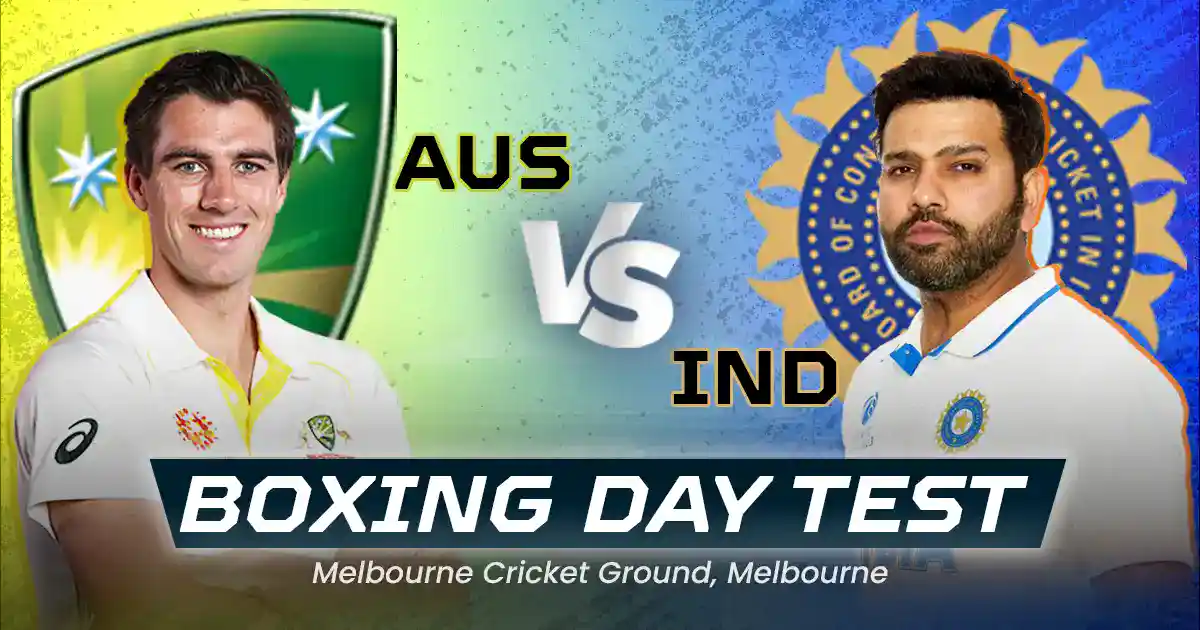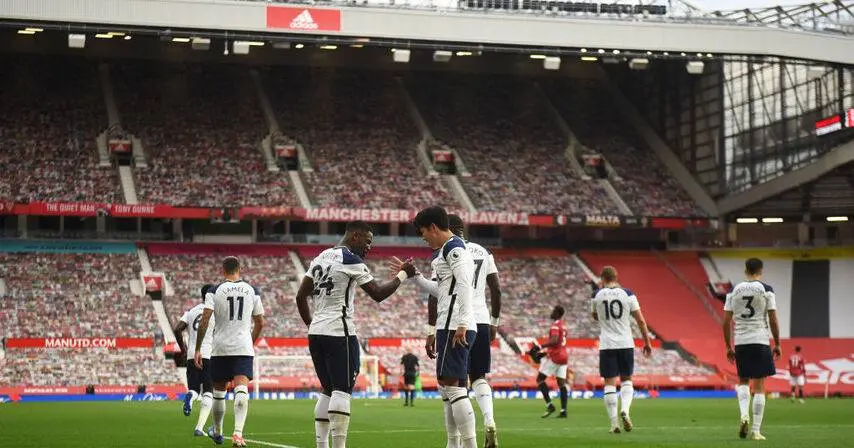
Revisiting Virat Kohli's Jaw-Dropping Performance at the Adelaide Oval in 2014
The 2014 Adelaide Test wasn’t just another game of cricket; it was an emotional rollercoaster, a fierce contest, and the dawn of a new era for Indian cricket under the leadership of Virat Kohli. This match marked Kohli’s first outing as a captain in Test cricket, and his performances—two stunning centuries—remain etched in cricketing folklore. Let’s delve into this epic encounter, relive its unforgettable moments, and understand the significance of Kohli’s heroics.
A Series of Renewed Rivalry
The 2014 series was one of heightened emotions. It came in the shadow of the tragic passing of Australian cricketer Phillip Hughes, whose untimely death had cast a somber mood across the cricketing world. Adelaide was the perfect setting for the first Test, with both teams determined to honor Hughes’ memory with competitive cricket. For India, it was a transition period. MS Dhoni, the long-serving Test captain, was absent for this game due to injury, handing Kohli the reins.
India had historically struggled in overseas conditions, especially in Australia, where they hadn’t won a Test series. Kohli, known for his aggression and fearlessness, was tasked with reinvigorating the side’s fighting spirit. Australia, on the other hand, were a formidable unit at home, brimming with confidence and spearheaded by a lethal pace attack comprising Mitchell Johnson, Ryan Harris, and Peter Siddle.
Day 1: Australia Dominate with the Bat
The Australians, electing to bat, came out with a point to prove. David Warner’s scintillating 145 off 163 balls was a treat for fans, filled with cuts, pulls, and drives that tore through the Indian bowling attack. Warner’s belligerence was supported by Michael Clarke, who battled back spasms to score a gritty 128. India’s bowlers—led by Ishant Sharma and Mohammed Shami—struggled to find consistency on a surface offering little assistance. Australia declared at 517/7, a commanding total that put the visitors on the back foot.
Day 2: Kohli’s First Century as Captain
India’s reply started with early hiccups, as the openers, Murali Vijay and Shikhar Dhawan, fell cheaply. Kohli walked in at 111/2, under immense pressure. The Adelaide Oval buzzed in anticipation. Could the young captain deliver? Kohli’s innings of 115 was nothing short of a masterclass. He exuded confidence from the start, driving on the up and pulling with disdain against short-pitched deliveries. His balance, timing, and ability to find gaps turned the tide momentarily in India’s favor. Kohli’s partnerships with Cheteshwar Pujara (73) and Ajinkya Rahane (62) kept India in the contest. However, their dismissals triggered a lower-order collapse, and India were bowled out for 444, conceding a 73-run lead. Kohli’s innings stood out not just for its elegance but also for the fight it embodied, setting the tone for his captaincy.
Day 3 and 4: Australia Extend Their Lead
Australia batted with intent in their second innings, looking to set an imposing target. It was David Warner again who proved to be the difference maker with the bat, as his innings of 102 runs ensured the hosts declared at 290/5. Steve Smith (52 not out) and Mitchell Marsh (40) also made important contributions. The declaration left India with a monumental target of 364. History wasn’t on India’s side—no team had chased such a score at Adelaide, and against a strong Australian bowling attack, the odds seemed insurmountable.
Day 5: Kohli’s Second Century and the Brave Chase
India’s chase began with determination. Vijay anchored the innings with a well-crafted 99, while Kohli, at the other end, unfurled an array of breathtaking shots. Kohli’s second century of the match—141 off 175 balls—was an exhibition of controlled aggression. His ability to switch gears, attack the pacers, and manipulate the spinners kept India in the hunt. The way he handled Mitchell Johnson, who had terrorized batsmen during the 2013-14 Ashes, was particularly commendable. Kohli danced down the track, pulled fearlessly, and drove with authority, showing no signs of intimidation.
One of the most memorable moments of the innings was Kohli’s audacious lofted drive over extra cover off Nathan Lyon. It was a statement of intent, signaling India’s belief in chasing down the target. As the day wore on, the tension at Adelaide Oval was palpable. India kept pace with the required run rate, but wickets began to tumble. After Vijay’s dismissal, the middle and lower order crumbled under pressure. Kohli’s dismissal—caught at deep midwicket trying to accelerate—was the final blow to India’s hopes. India were bowled out for 315, falling short by 48 runs. The result was heartbreaking, but the fight they showed under Kohli’s leadership was a silver lining.
Legacy of the 2014 Adelaide Test
While India lost the match, the game marked a turning point in their Test cricket journey. Kohli’s aggressive captaincy philosophy began to take shape, laying the foundation for India’s future overseas successes. His insistence on playing to win, rather than playing for a draw, inspired the team to adopt a fearless approach. For Kohli personally, the match was a defining moment. It established him as a leader who thrived under pressure and set high standards for himself and his team.




